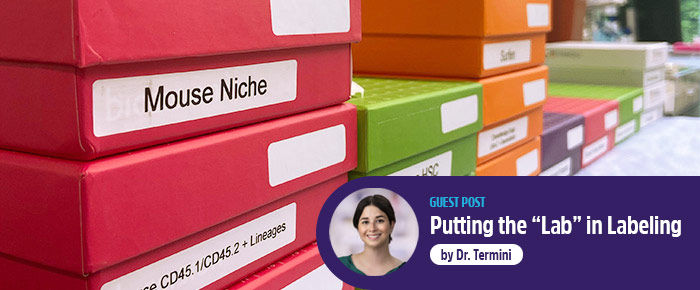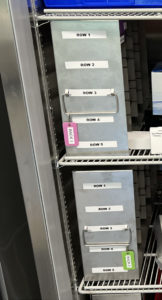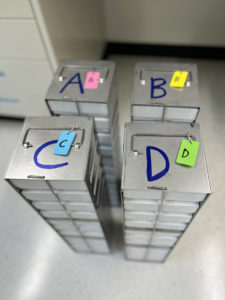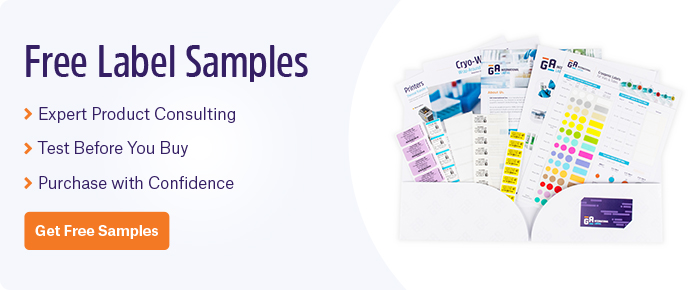
The opportunity to build a lab has been exciting, stressful, educational, and enlightening. In this post, I aim to provide tips and tricks for new group leaders to consider as they set up their labs. My goal is to consolidate specific considerations into one place for new group leaders to use themselves or share with lab members as they prepare their space for research activities. Before I start, I want to acknowledge Niki Setiawan, who worked closely with me to create many of these systems. She has been an asset to establishing the organizational systems within our lab. She is also a stellar scientist, and I expect she will make significant discoveries as she continues her research career.
All lab members can practice lab organization, much of which can be supported by a trusted lab label manufacturer. While it may not always be the group leader doing the organizing themselves, leading by example is key to setting the standards required in your laboratory. While we have only had our lab for a few months, we hope these systems will stand the test of time to support the coming and going of trainees, which is an inherent part of academic research environments. Each laboratory will have unique needs, and I hope that these examples of how we organized our lab will enable others to apply them to their laboratory.
Printer
Investing in a reliable printer can support the organization of your laboratory for years. While we have one for our lab, we would be happy to share this with our neighbors. If you do not have a label-compatible printer and do not have the budget, you might consider purchasing one to share with neighboring colleagues.
In our lab, we have a DYMO 450 printer that is compatible with many labels sold by LabTAG. This printer enables us to print all types of materials for our laboratory, including labels for tubes, racks, cage cards, and more! I enjoy this printer because it’s easy to use and makes customizable and legible labels. Further, you can save label templates, making it easy to recall the same format for commonly used materials. This time-saving format makes the printer the best option for our lab. Another reason I like this printer is that it’s a direct thermal printer, so we do not need to refill the ink. When combined with the wide variety of labels offered by LabTAG (many of which are safe to use on cryogenic surfaces), this tool has exceeded our expectations for our labeling needs in the lab. LabTAG offers many other thermal printer options; you may want to contact a rep to discuss your options based on your labeling needs. DYMO is unfortunately phasing out their LabelWriter 450 models but LabTAG has a solution! Check out the DiTi printer, the new alternative to the DYMO 450.
Labels
Have you ever found a box of materials from a previous lab member and wondered what it was? What is inside these tubes? Why is it still here? When was it made? I believe labels (and standardized labels) are one of the most underutilized tools in research laboratories. Sure, it’s one thing to scribble on top of a tube for an experiment you are executing in the short term. But when you are labeling materials that you expect others to be able to use in the future, it is essential to label clearly, carefully, and with specificity. Here, I describe how we have used labels from LabTAG to organize some of our laboratory and materials.
“It’s much easier to tell someone new in the lab, the protein is in Rack #1, Row 1, Box A in the -20°C, compared to the protein is in the second box on the rack located to the left on the middle shelf of the fridge.”
Labeling boxes & tubes
LabTAG by GA International is a leading manufacturer of high-performance specialty labels and a supplier of identification solutions used in research and medical labs as well as healthcare institutions.

 We also used
We also used 


